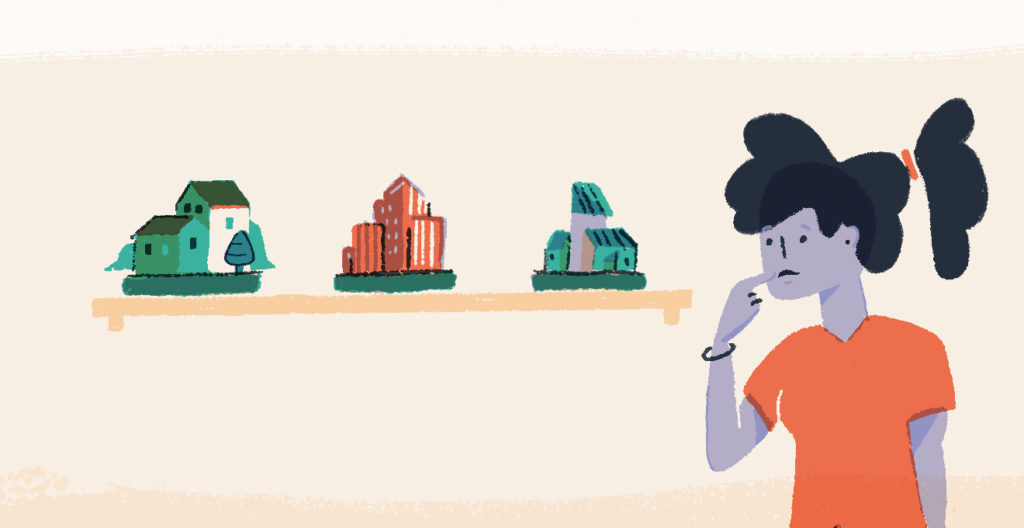Your City is the Product

When it comes to communities, we’ve found that creating a sense of place goes further in attracting tourists. In fact, over the years, we’ve seen how tourism directly impacts economic development, which in turn affects the residential experience. Therefore, brand and marketing efforts must extend past the destination-specific to include initiatives that market a city as THE product.
Researching your product:
Have you taken a look at your product lately? Do you know what’s special about your city? How it stands out from the crowd? What makes it appealing to a business? A tourist? A resident? These are the questions you should be asking regularly. Though cities don’t change as quickly as technology, they still have to keep up with the trends to stay relevant and continue to grow. Oftentimes, citywide research isn’t a top priority, but when done right it can lead to greater opportunities for economic development and community improvements.
If you haven’t conducted any research lately, say in the last five years, now’s the time. The findings can help with your next strategic plan and can pinpoint areas for improvement that, if implemented, could be the difference between new businesses moving in or more families moving out. Keep in mind, that research doesn’t mean there’s anything going wrong in your city, but it does show your community that you are proactively investing in the future.
Enhancing your product:
Now that you’ve done your homework it’s time to review the results and determine how to proceed. Likely the research offers an overarching picture of your community, pinpointing areas for improvement, as well as those where it’s excelling. Based on the findings, you can begin to make adjustments. In some cases, your brand is in need of an improvement and we don’t just mean the logo itself. Your city’s brand includes all the communication and marketing efforts that you create and use to engage your distinct markets. In other instances, you may need to add capital improvements into your next strategic plan.
If the findings bring to light your resident’s lack of knowledge about infrastructure improvement, this information doesn’t mean you need a new brand. It does, however, mean you need to work on communicating your accomplishments more effectively and through different mediums. Perhaps, the results show lagging community perceptions, in which case you will want to determine why that is. Is it actual lack of improvements or simply a lack of pride? Both can be remedied, just in slightly different ways.
Rebranding the Product
However, if after reviewing all the findings you discover that it is time to rebrand, look at it as an opportunity, not a threat. A rebrand, can alleviate many of the problems voiced in the results, from better engagement to an improved city experience. Through a rebrand, it may not only be the logo mark that changes, it can be the nickname of your city, the creation of a new tagline, the development of core messaging or a complete restructuring of communication and marketing efforts. Though this might sound like an overwhelming undertaking, it can be done in a succinct process, with a planned rollout. For the most part, whenever a city rebrands, it is done with great care and followed by a launch strategy to ensure a positive experience. Overall, we’ve found that rebranding a city leads to greater pride among residents, more interest among tourists and increased economic development. In other words, a win-win for all.

